Takeaway: Ten important books.
Next week: A Beginner’s Mind
From the Practical to the Philosophical
1. Stalking the Wild Asparagus and Stalking the Blue Eye Scallop
→Including two books here… As last week’s newsletter showed, Euell Gibbons is one of my favorite food authors. These two books include some of the most exhaustive and inspirational foraging instruction I’ve encountered.
We are not born with a preference for any food except human milk, and, since this product hardly figures in the diet of adults, we have had to learn to like all that we eat. When one says, in effect, that he will refuse to touch any food for which he did not acquire a taste in early childhood, he is showing symptoms of mental and emotional hardening of the arteries.
- Stalking the wild Asparagus, p. 5
2. Sweet & Hard Cider by Annie Proulx and Lew Nichols
→Sweet and Hard Cider has a similar vibe to Gibbons’ thoroughness. I’ll admit that this may turn off some readers since it isn’t the most straightforward instruction; history and culture are weaved throughout, making these books more involved than a straightforward “how-to” manual. I love this type of writing because it gives me an in-depth understanding of the task and a deep appreciation for the craft. A few months ago, I wrote a post about making cider;
was gracious enough to contribute a couple of recipes to that newsletter. Check it out here.3. The Complete Joy of Home Brewing
Relax. Don’t worry. Have a homebrew!
→Another home brewer’s book, The Complete Joy of Home Brewing by Charlie Papazian is an excellent read, whether you intend to brew or not. After reading this book, I think it would be difficult NOT to try brewing beer.
4. Basic Butchering of Livestock and Game by John Mettler Jr.
→This is my go-to reference for butchering. If I had to narrow this list of books to five, this one would make it because of its utility. It is a must-have if you plan on raising livestock or hunting. It could also be eye-opening if you eat meat and want to know where your food comes from.
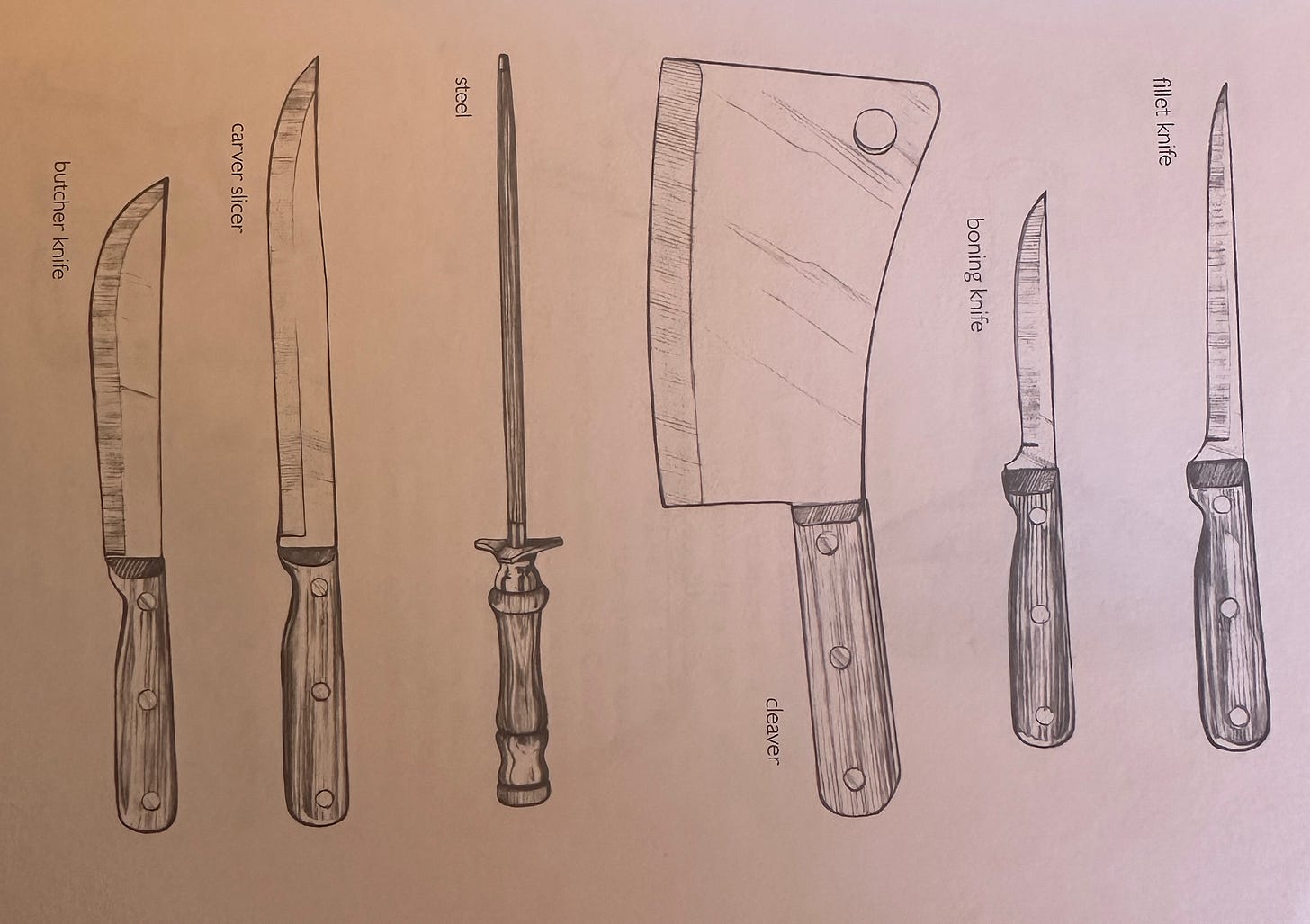
5. Veterinary Guide for Animal Owners
→This book has saved me thousands of dollars in both large and small animal veterinary bills.
6. Hungry City: How Food Shapes Our Lives by Carolyn Steel
→An intense and thoroughly researched book about cities and food systems, Steel’s portrayal of modern development will contextualize any romantic ideas you may have about agriculture, cities, and sustainability.
Part of the problem, of course, was that Locke's ideas were formulated from a farming perspective, not that of a hunter-gatherer. While Locke's concept of liberty was eventually bound into the American Constitution through Thomas Jefferson's 1776 Declaration of Independence, Native Americans forfeited their right to land because they lived on it, not off it. They trod too lightly to put down markers that Europeans might have recognised or understood. As it was, the concept of common land was as doomed in the vastness of North America as it was in the tiny island nation that sought to colonise it. (p.27)
7. How to Bag the Biggest Buck of Your Life by Larry Benoit
→No surprises here; it’s frequently referenced in my writing. That’s because it’s a great book about whitetail deer hunting, but also because I believe it contains as much philosophy and mindfulness instruction as a lot of self-help books out there. Like any good book, you can re-read it over the years and learn something new each time.
8. A Long Deep Furrow: Three Centuries of Farming in New England by Howard Russell
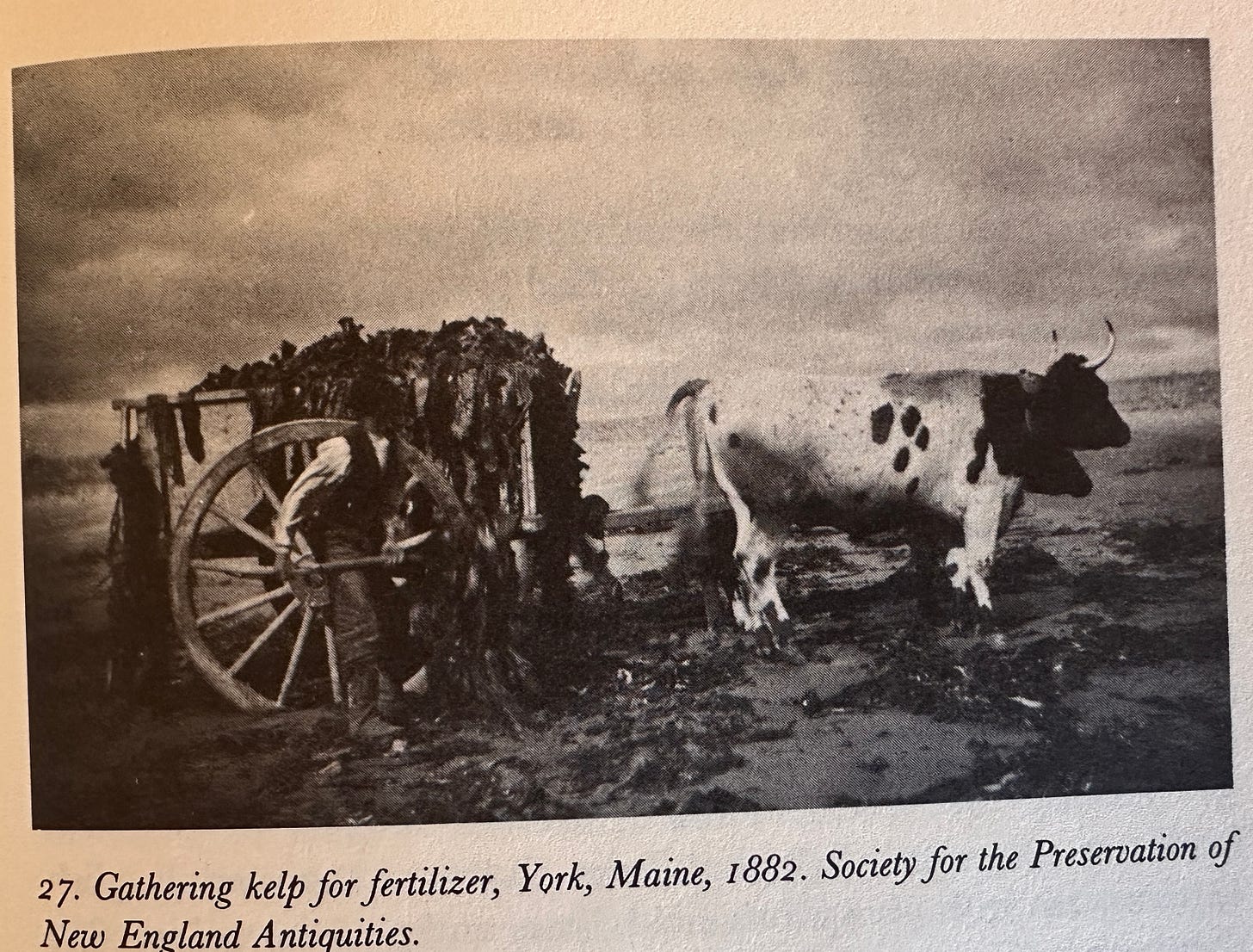
→I admit that this doesn’t sound like such an exciting book. However, if you’re at all interested in how New England was settled, exploited, and served as the foundation for westward expansion, this book is worth looking at. After reading it, I greatly appreciate New England’s physical development and sociocultural identity.
Away from water transport, however, settlers destroyed the trees and found a salable residue in the ash that remained from burning the felled timber. Either as potash or refined into pearlash, it was in demand in Britain's textile industry as well as locally in New England. Vermont provided official inspection. Traders would accept potash for calico, rum, or almost any purchase; and for a long time potash was a leading cash crop in Vermont. The historian of Hartford in the Connecticut Valley mentions distilleries making potato whiskey and cider brandy, also readily salable, previous to 1800. (p.242)
9. The Tender Carnivore & the Sacred Game by Paul Shepard
→This book changed my view of agriculture and human evolution. Ever wonder if agriculture can be sustainable? Do you sometimes think, “I’m just not made for unending Zoom meetings or the cubicle?” I do.
“If the evolution of the human mind took place in a world of human sparcity and small group life, it follows that the human mind malfunctions in areas of high density.” (p.98).
10. Storey’s Basic Country Skills: A Practical Guide to Self-Reliance
→A one-stop guide for practical living. I’ve used it a lot as a quick reference for how to fix things, but most of the time, I’ve used it as a farm animal reference guide. Things like design considerations for a pig pen, root cellar, or vegetable garden. I’ve owned this book for nearly two decades, and it’s increasingly refreshing to page through a physical book of such information.
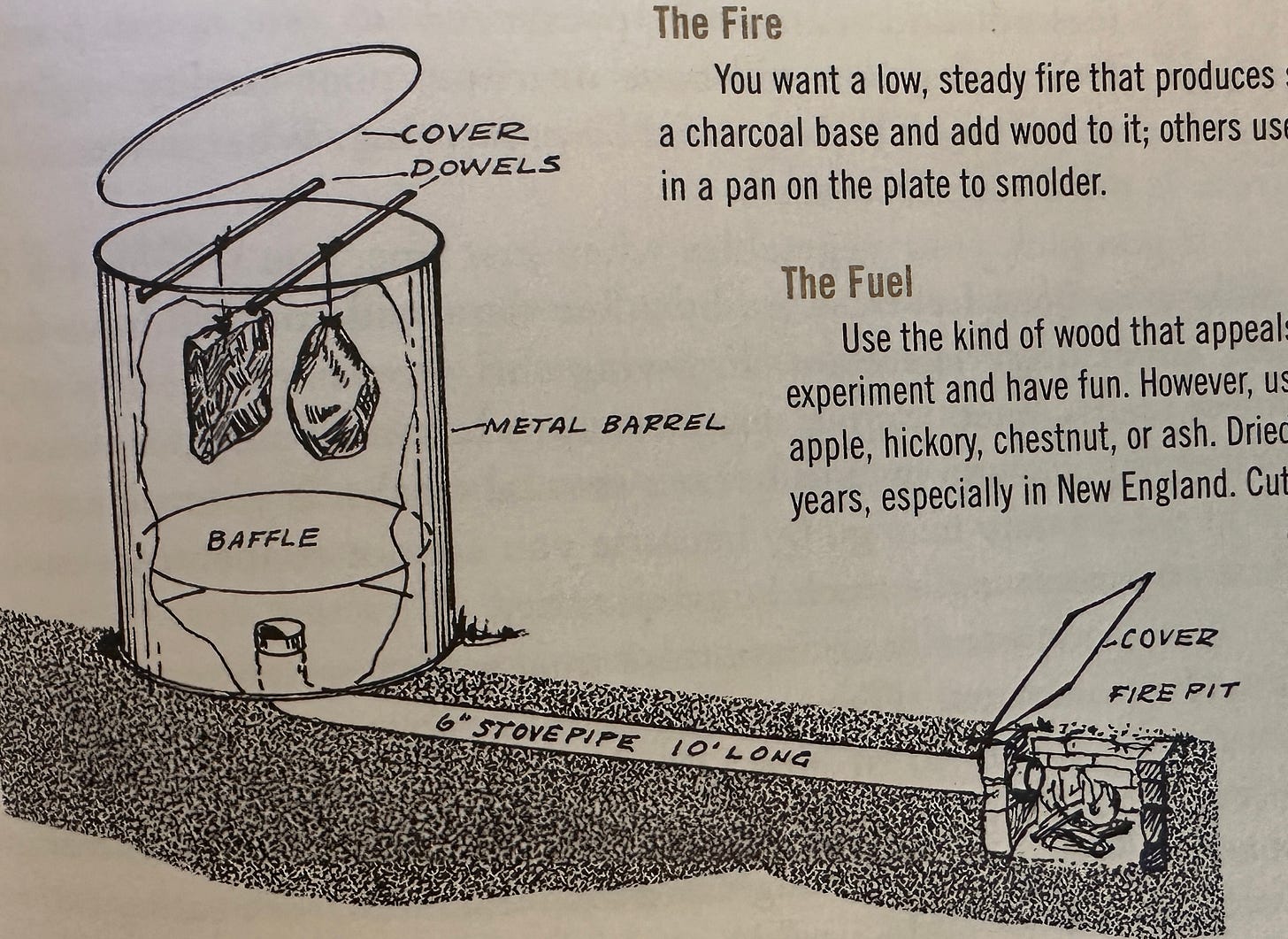
Your presence makes this work possible. If you’re not already, consider becoming a paid subscriber.
- Jesse


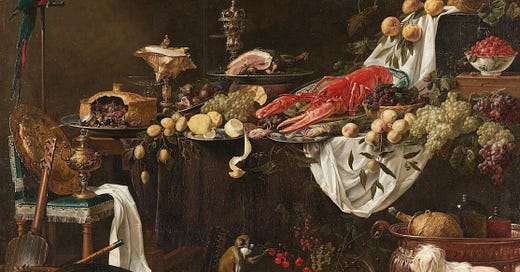



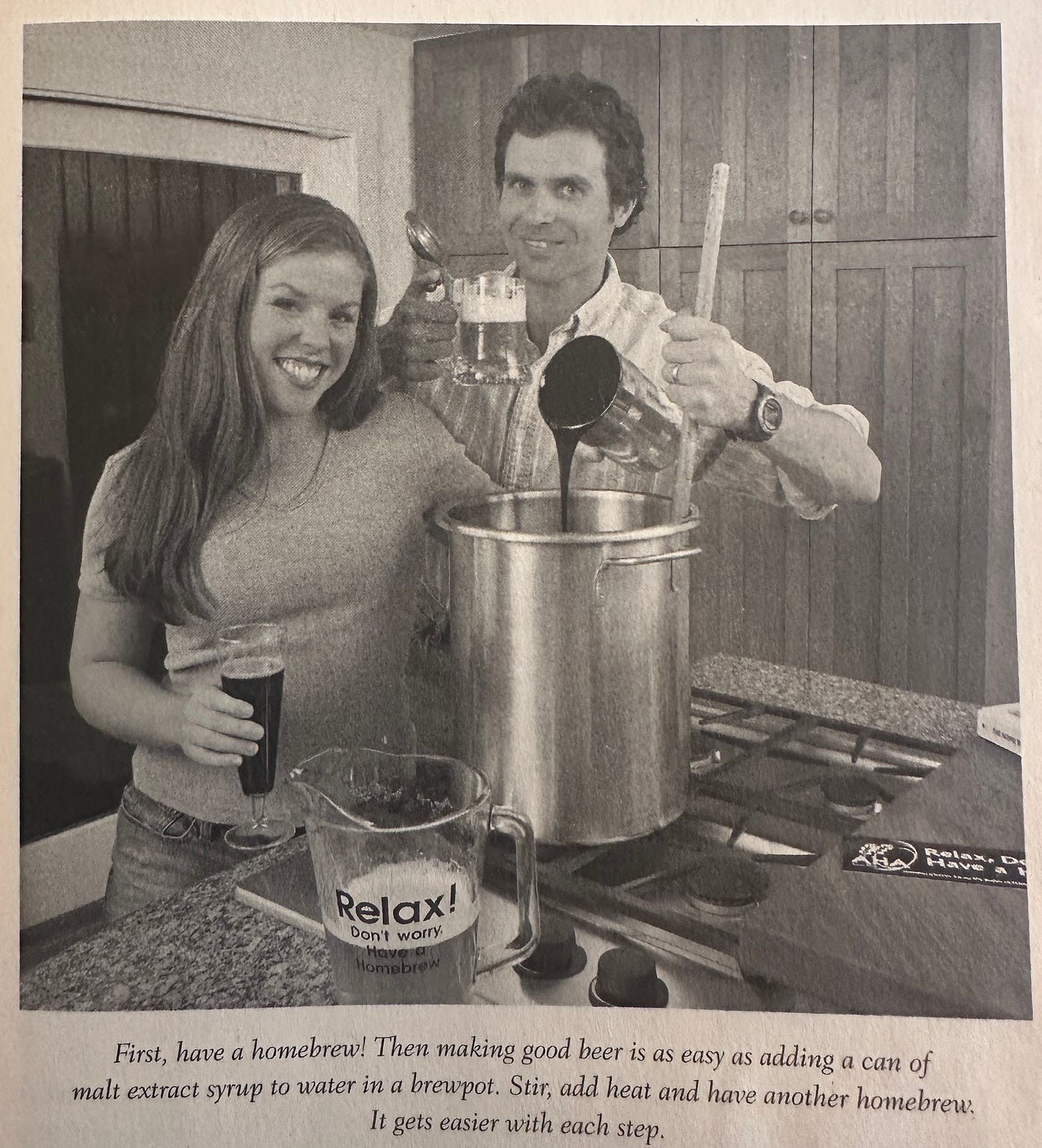
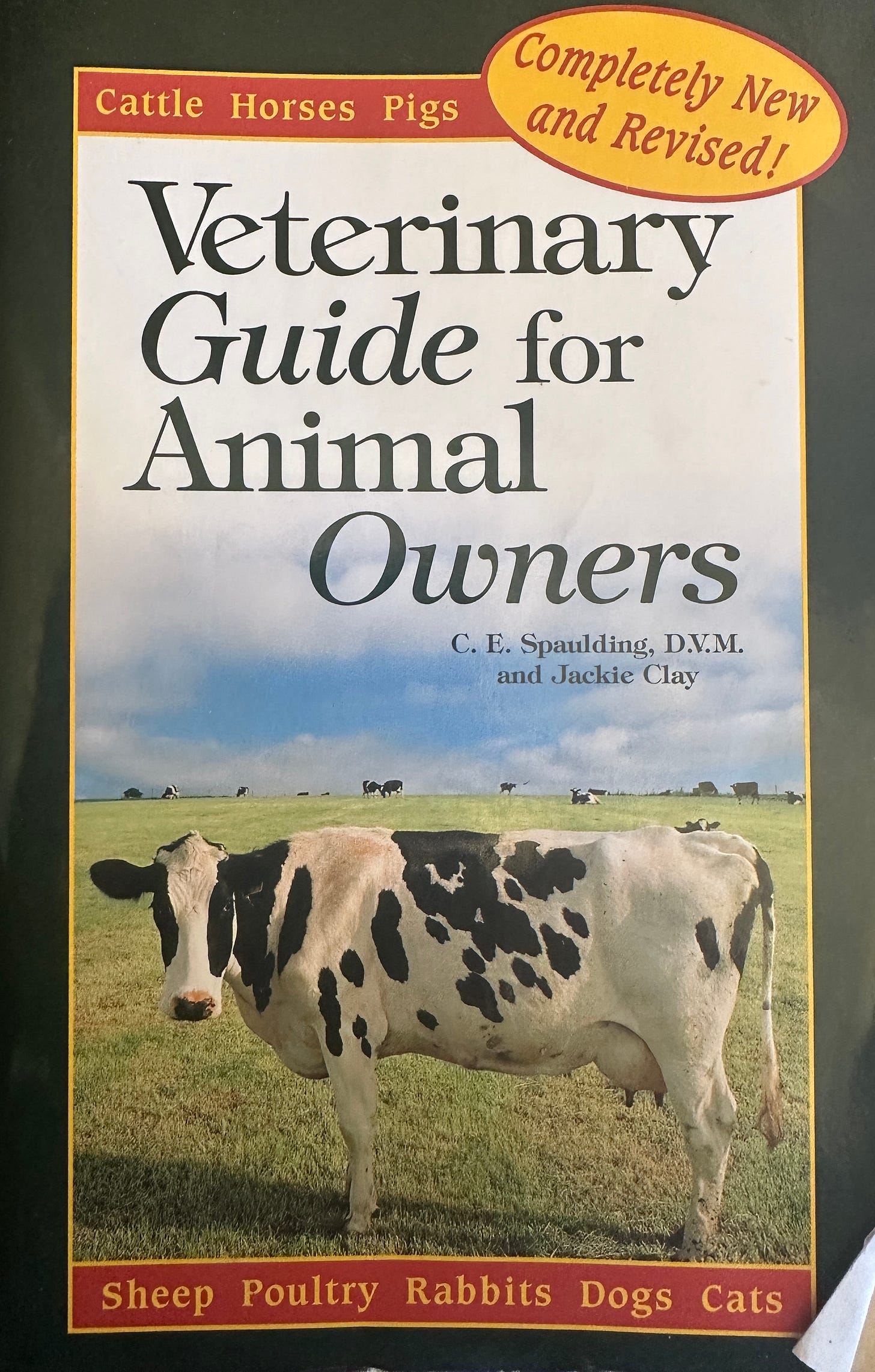

Just bought two of them. Do we just send you a bill to help with the cost of making our lives better? I feel like half makes sense…
Such great, worthwhile recommendations, Jesse! Another reason to give Gibbons a go. Thank you.